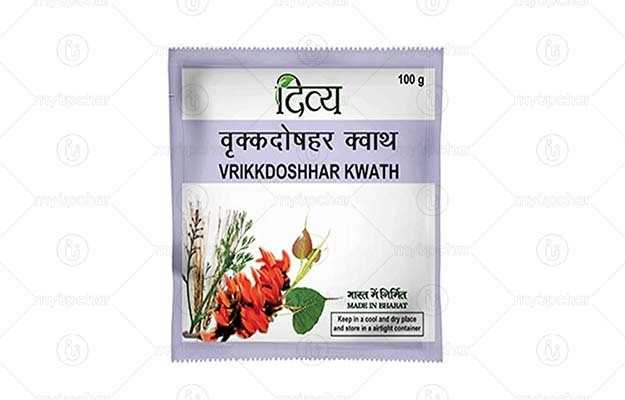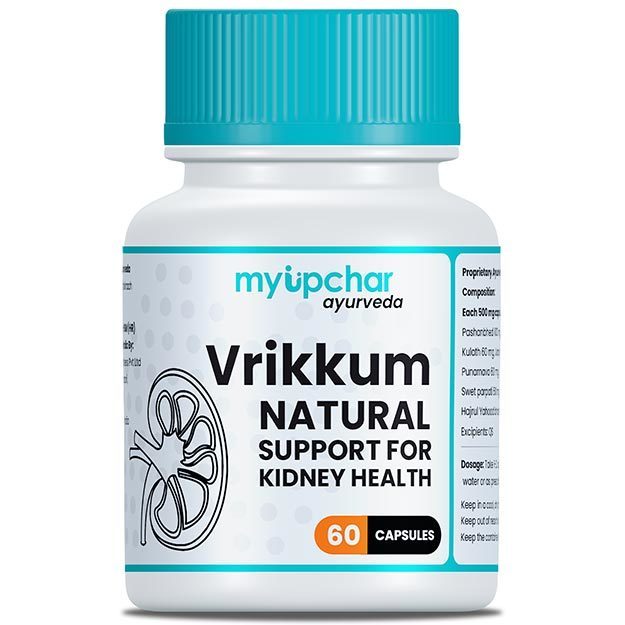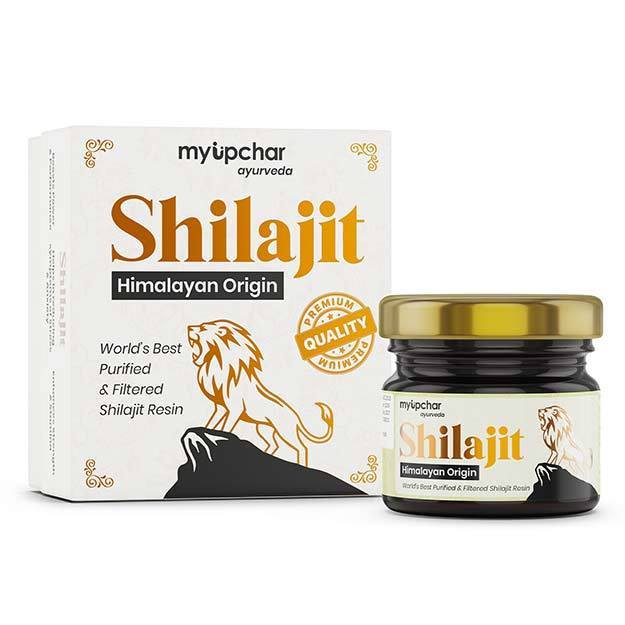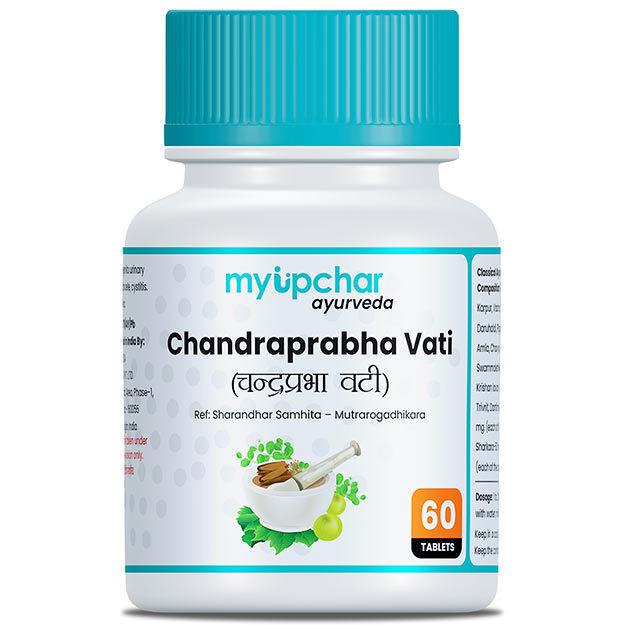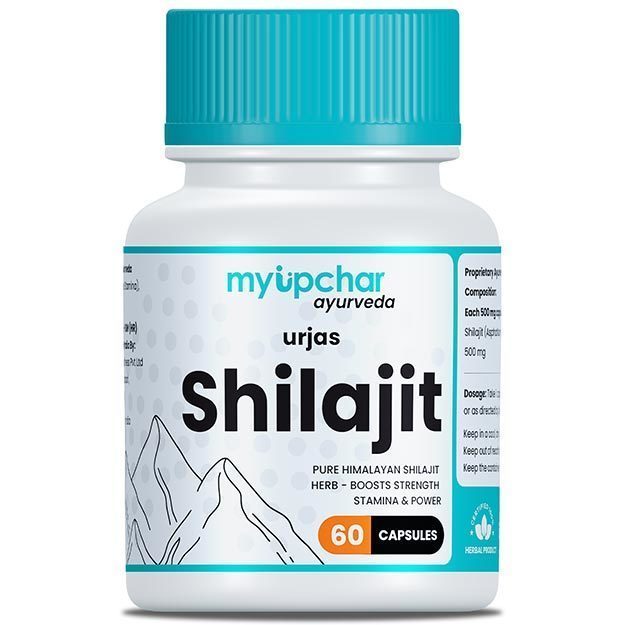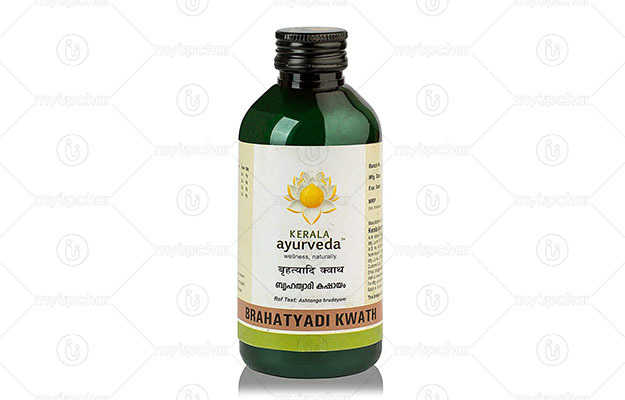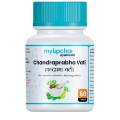|
Gokshura
|
-
Drugs that help in preventing the formation of kidney stones and are also helpful in its treatment.
-
Agents that improve the erection of penis.
|
|
Apamarga
|
-
Substances that causes you to urinate more frequently to expel extra water from the body.
|
|
Amaltas
|
-
A substance or drug which is used to bring down body temperature in case of fever.
-
Agents that are used in fever treatment
|
|
Bala
|
-
A substance that has ability to intensify sexual desire.
|
|
Kasani
|
-
A substance that can inhibit the oxidising effect of free radicals in living cells.
|
|
Giloy
|
-
Agents that reduce inflammation or swelling caused due to an injury or infection.
|
|
Kantakari
|
-
Agents that reduce inflammation or swelling caused due to an injury or infection.
-
Drugs which prevent allergic reactions by controlling the secretion of histamine in the body.
|
|
Punarnava
|
-
Substances used to reduce the symptoms of fever, pain and swelling in an inflammatory response.
-
A substance that can inhibit the oxidising effect of free radicals in living cells.
-
Drugs that help in improving urine excretion from the body.
|
|
Agnimantha
|
-
Substances used to reduce the symptoms of fever, pain and swelling in an inflammatory response.
-
Substances that modulate the immune system and effect immunity.
|
|
Munja
|
-
Substances that scavange the singlet oxygen molecules in the body.
-
Drugs that kill or arrest the growth of bacteria.
|
|
Kusha
|
-
Drugs used to reduce swelling after an injury
-
Agents which help in reducing free radical activity and preventing oxidative stress and damage
|
|
Shatavari
|
-
Substances that scavange the singlet oxygen molecules in the body.
-
Substances that lead to heightened sexual desires
|
|
Varuna
|
-
A drug that inhibit the formation of kidney stones and it also treats kidney stone symptoms.
|
|
Makoy (Kakamachi)
|
-
Drugs which aid in swelling reduction following an injury
|
|
Kutki
|
-
Agents that improve digestion and aid in food absorption.
-
Drugs that help in improving bowel motions and are useful in providing relief from constipation
-
Drugs used inducinng defaecation and bowl emptying in case of constipation.
-
Agents which are helpful against microbial growth and actions.
|
|
dhamasa
|
-
Drugs used to reduce swelling after an injury
-
Agents that reduce oxidative stress and revert oxidative damage in the body cells.
-
Agents that reduce blood flow to an injury site by constricting blood vessels.
-
Agents which prevent microbial replication and growth by either killing microorganisms or ceasing their actions.
|
|
Palash
|
-
A substance that can inhibit the oxidising effect of free radicals in living cells.
|
|
Barley
|
-
A substance that can inhibit the oxidising effect of free radicals in living cells.
-
Drugs which reduce lipid and cholesterol levels in the body and are helpful in the management of cardiac disorders.
|
|
Peepal
|
-
Agents that reduce inflammation or swelling caused due to an injury or infection.
-
A substance that can inhibit the oxidising effect of free radicals in living cells.
-
Agents that are effective in increasing libido.
-
Agents that eases the passage of stools and promotes bowel movement, used for the treatment of constipation.
|
|
Pashanbhed
|
-
Drugs that are used to increase water expulsion from the body in the form of urine.
|
X

